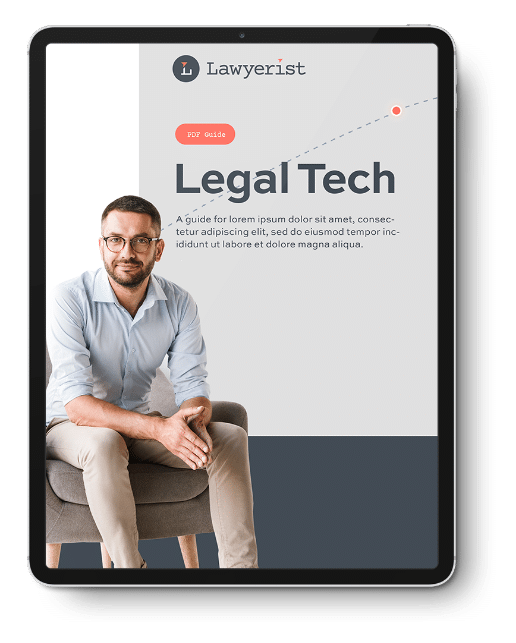Categorize Needs and Features
Now that you have an up-to-date list of your issues and technology, categorize each feature as you did in Chapter 4. Indicate whether the feature is Critical, Necessary, or Wanted. This will help you determine how important it is to connect a piece of technology with this function.
Once completed, use this information to categorize your existing technology. Although you may find other categories helpful, we suggest you start with Keep, Review, and Retire
Keep: There will be many pieces of technology that your office will want to keep. Sticking with Microsoft Word as your word processor is an easy one to keep (for now). Or you may have matter management software that is designed for your office that you don’t want to part with. Mark these as Keep and move on.
Review: Anywhere you have multiple pieces of software performing the same job, you’ll want to review at least one of these applications. These may be the low-hanging fruit. More importantly, software that has been giving you and your team problems over the last quarter should be marked as Review.
This may be the project your Tech Leader takes on in the current quarter.
Retire: You’ll also likely find that there is technology in your law office that you don’t even use. You may have a software you bought to do one task and never bothered to unsubscribe from. Platforms that have been superseded by another product in the last quarter may also fall under Retire.
Once marked as Retire, your Tech Leader should get rid of them before the next tech audit.
